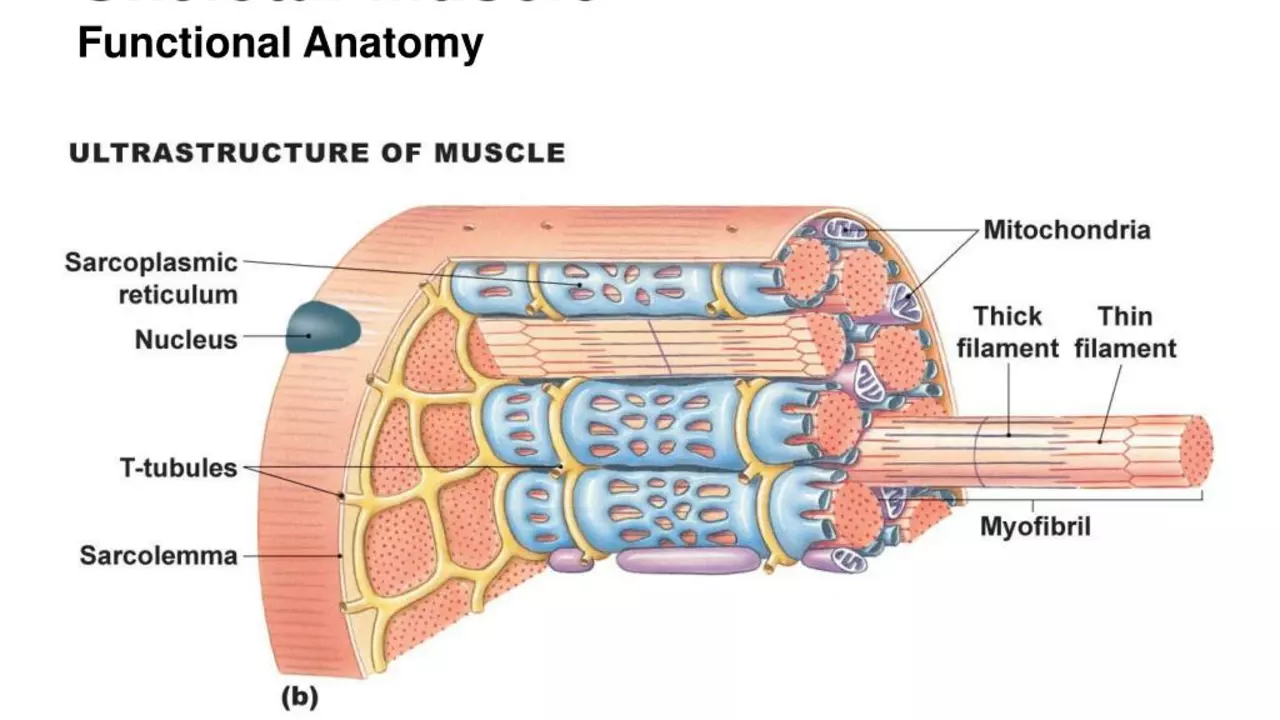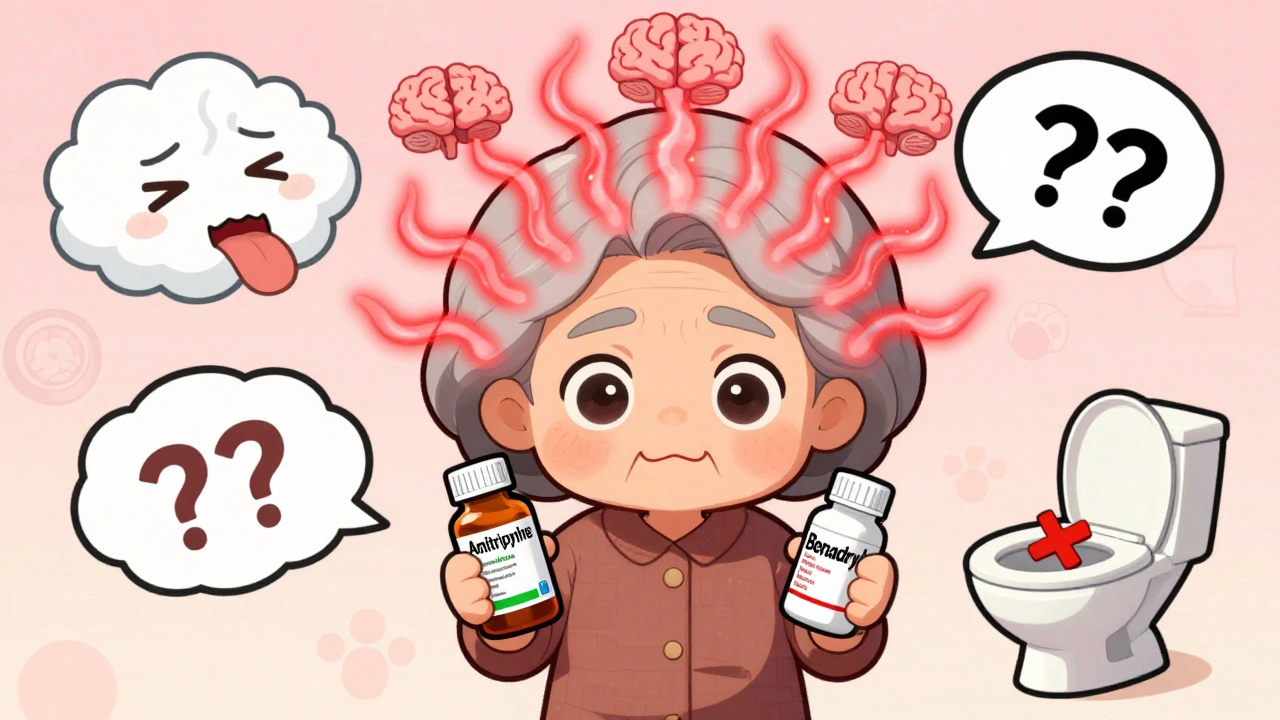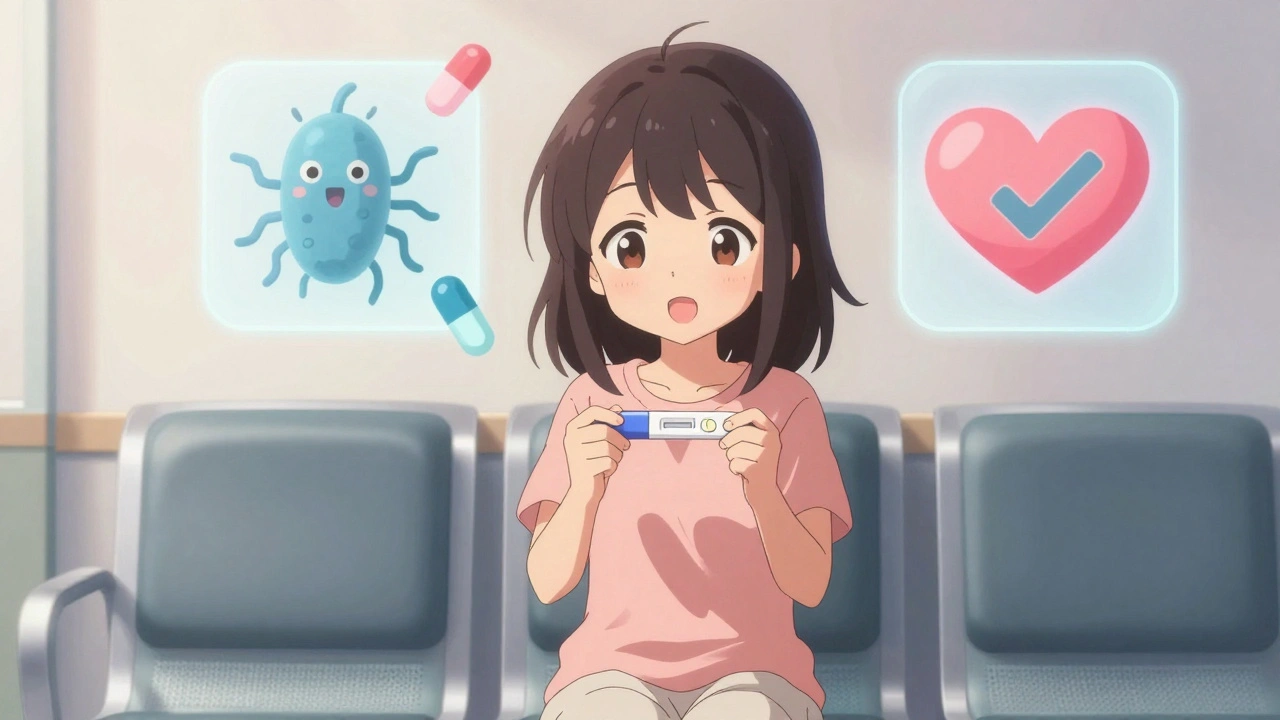Prolotherapy: What It Is, Benefits & What to Expect
If you’ve tried creams, pills, or physical therapy for stubborn joint pain and still feel stuck, prolotherapy might have popped up in your search. In plain words, it’s an injection treatment that aims to kick‑start your body’s own repair process. The doctor injects a harmless solution—usually a mix of dextrose (a type of sugar) and a local anesthetic—right into the painful ligament, tendon, or joint area. The irritation from the injection signals your body to send blood, cells, and growth factors to the spot, which can help strengthen weak tissue over time.
How It Works and Who It Helps
Think of a bruised knee. When you get a bump, your body sends blood to the area, forming a clot that eventually turns into new, stronger tissue. Prolotherapy tries to mimic that natural bruising response without the actual injury. Because of this, it’s often used for chronic conditions where the tissue is lax or damaged, such as:
- Knee osteoarthritis
- Shoulder rotator‑cuff problems
- Low back pain from facet joint issues
- Tendinitis (Achilles, tennis elbow, etc.)
- Ligament sprains that never fully healed
People who want to avoid surgery or who haven’t found relief from meds are the typical candidates. It’s not a one‑size‑fits‑all cure, but many report reduced pain and better movement after a series of sessions.
What to Expect During a Session
First, a thorough exam. The practitioner will locate the exact spots that need treatment, often using ultrasound for precision. Then a small needle is inserted—think of a typical vaccine shot—and a quick pinch of the dextrose solution is delivered. You’ll feel a brief sting, followed by a numbing effect from the anesthetic. Most sessions last 15‑30 minutes, and you might need 3‑6 treatments spaced a few weeks apart.
After the injection, it’s normal to notice mild soreness for a day or two. Ice, rest, and over‑the‑counter pain relievers (if approved by your doc) can keep it comfortable. Unlike steroids, prolotherapy doesn’t suppress inflammation; instead, it encourages a controlled, healthy inflammation that leads to rebuilding.
Results vary. Some patients feel a noticeable drop in pain after the first visit, while others notice gradual improvement over weeks as tissue strengthens. Staying active, doing recommended exercises, and maintaining a healthy diet can boost the effects.
Safety-wise, prolotherapy is considered low risk. Rare complications include infection, allergic reaction to the solution, or temporary nerve irritation. Always choose a qualified medical professional who follows sterile techniques and can explain the process in plain language.
Bottom line: prolotherapy offers a needle‑based option for people who want to heal rather than just mask pain. It’s not a miracle cure, but when combined with proper rehab, it can give joints and tendons a chance to become stronger and function better.
Ready to see if prolotherapy fits your plan? Talk to a trusted clinician, ask about their experience with the technique, and weigh the pros and cons alongside other treatment options. Your body might just need a little extra push to start fixing itself.





